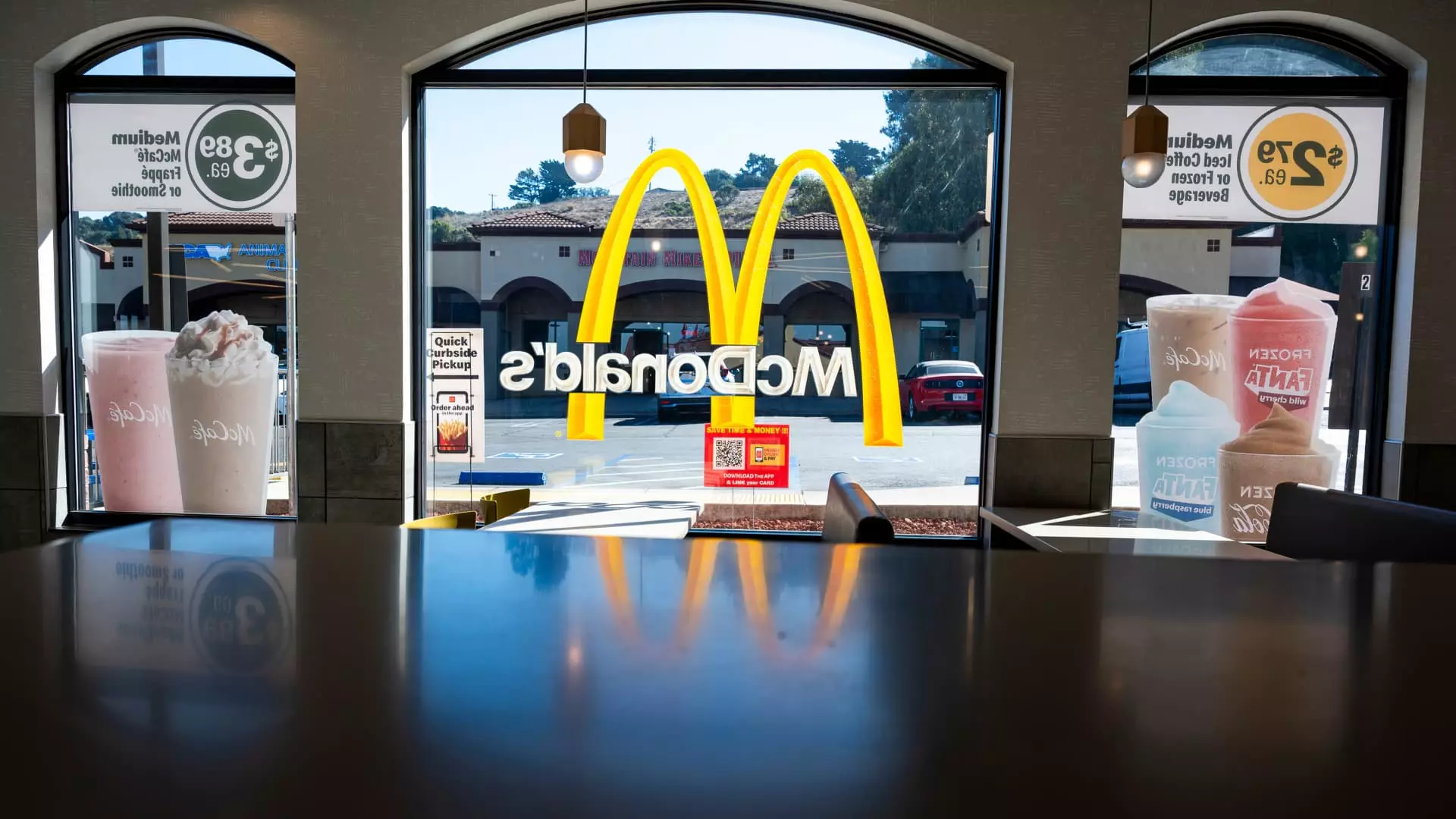The restaurant industry, while notoriously resilient, is navigating through a tumultuous period marked by a blend of challenges and budding optimism. As we inch toward 2025, leaders within the sector express a cautious sense of hope, drawn from recent positive data and a possible shift in economic conditions. Yet, transitions can be tricky, and it’s crucial to analyze the current state of affairs both critically and comprehensively.
The year 2024 has proven to be particularly arduous for restaurants, with financial pressures manifesting in significant bankruptcy filings—an increase of over 50% compared to the previous year. Consumer footfall has also declined across more than a year of operations, which many operators hoped would bounce back post-pandemic. Data corroborated by industry trackers like Black Box Intelligence reveals that traffic to restaurants has ebbed month over month, contributing to the anxiety underscoring financial forecasts.
The major chains traditionally seen as barometers of the industry’s health, from McDonald’s to Starbucks, have equally struggled, culminating in disappointing quarterly sales reports. This extended slump raises pertinent questions about consumer behavior, market saturation, and how restaurants can adjust strategically to capture interest once again.
Despite these challenges, horsemen of recovery are galloping through the horizon. October saw an encouraging rise of 2.8% in fast-food restaurant traffic, reportedly showcasing signs of improvement from the dismal summer months. This improvement may not only signify a temporary consumer resurgence but also a potential recalibration of dining preferences. Chain operators like Restaurant Brands International have echoed this sentiment; their own positive same-store sales growth hints at a reawakening of consumer interest.
Moreover, financial conditions are shifting in favor of these establishments as well. The Federal Reserve’s recent move to lower interest rates signals a crucial change; financing growth becomes more affordable, creating more accessible avenues for restaurant chains looking to expand their footprint. As discussed by industry CFOs, this newfound affordability could catalyze a significant shift in consumer confidence and spending behaviors.
Another facet of this industry’s evolution lies in the potential for initial public offerings (IPOs). The upward trajectory of valuations is tantalizing for many private chains eager to make their mark on the public stage. Following Cava’s triumphant IPO—the first significant public listing in the sector since June 2023—there’s speculation that the market may soon see new dining concepts going public.
Industry insiders, like Piper Sandler’s Damon Chandik, hint that while the current window for IPOs remains limited, the prospects for 2025 are brighter. Anticipated names, such as Inspire Brands, which boasts a diverse portfolio including giants like Dunkin’ and Buffalo Wild Wings, are likely candidates for this financial armament. The enthusiasm surrounding these potential IPOs speaks volumes about the underlying belief in recovery.
However, optimism should be tempered with realism. Several leaders within the sector caution against complacency. Portillo’s CFO, Michelle Hook, provides insight into a sector still facing daunting headwinds. With dwindling same-store sales, particularly in fast-casual dining, it’s apparent that not all chains will emerge unscathed.
The competition remains fierce; many chains, like McDonald’s, are actively engaging in price wars to retain customer interest. This strategy can backfire, injuring profitability margins while inviting customers to perpetually shop for the best deal. Additionally, the specter of bankruptcy continues to loom for those businesses heavily dependent on discounts to attract foot traffic.
The path ahead for the restaurant industry is undoubtedly complex. As the dust settles from a year marked by turmoil, it is clear that while there are signs of life returning to the sector, significant challenges persist. Leaders must remain vigilant, adapting to consumer behaviors shaped by economic fluctuations, or risk being left behind in this swiftly evolving landscape.
Ultimately, 2025 may represent a turning point, not just in terms of financial prosperity, but also in fostering a healthier, more sustainable restaurant ecosystem. Continuous innovation, adept management of resources, and an acute understanding of consumer trends will be essential as the industry’s players navigate these choppy waters. As many within the industry hope for broader recovery, the real test will rest in demonstrating resilience through adaptability and foresight in the face of uncertainty.

Leave a Reply